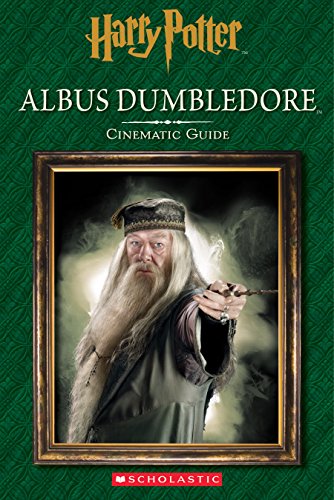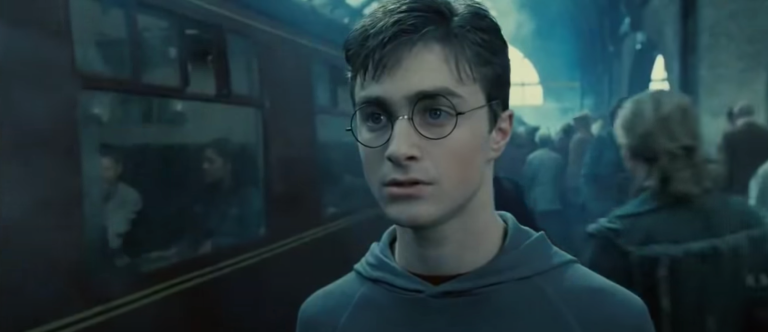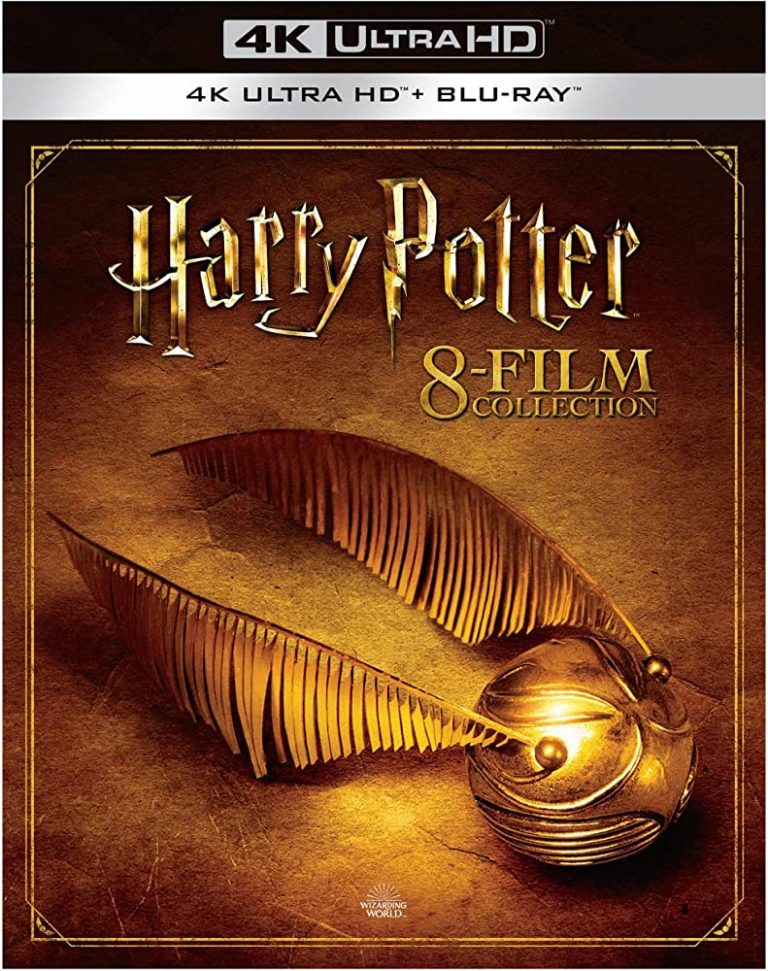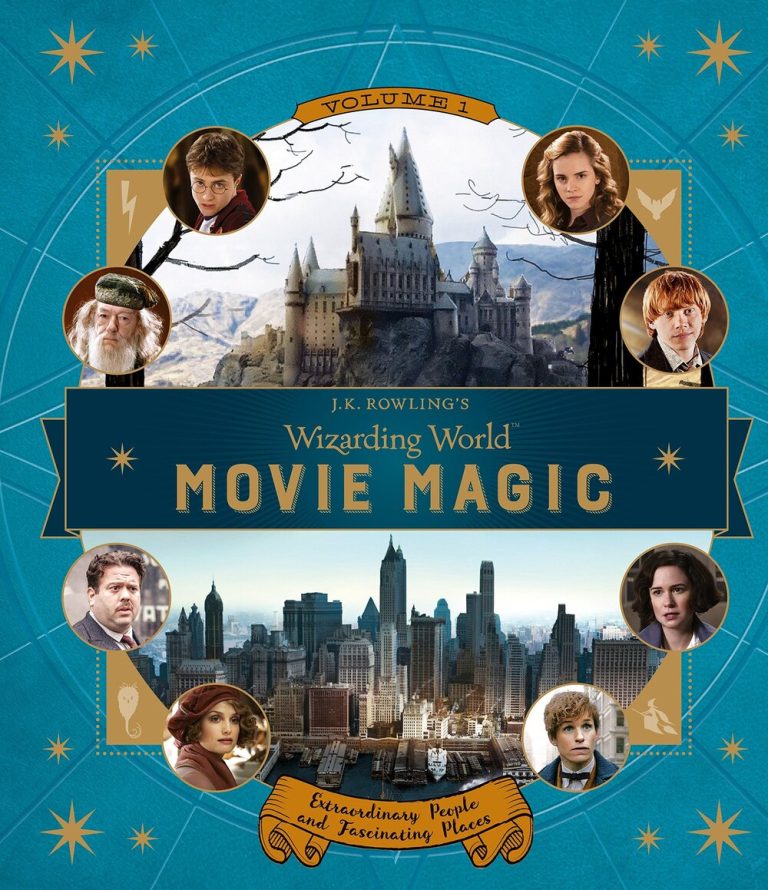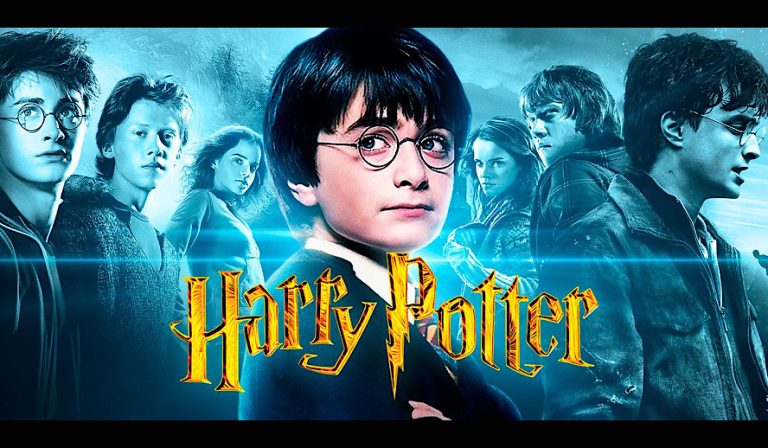How Were The Special Effects Created In The Harry Potter Movies?
If you’ve ever found yourself mesmerized by the magical world of Harry Potter, then you’ve likely wondered, “How were the special effects created in the Harry Potter movies?” Well, my friend, prepare to have your curiosity satisfied! In this article, we’ll delve into the enchanting realm of visual effects and uncover the secrets behind the breathtaking wizardry that brought J.K. Rowling’s beloved characters to life on the big screen.
From the bewitching spells to the awe-inspiring creatures, the special effects in the Harry Potter movies were nothing short of extraordinary. But how did they achieve such cinematic wizardry? We’ll explore the creative techniques, cutting-edge technology, and the talented team of visual effects wizards who made it all possible. So, grab your wand and get ready to embark on a spellbinding journey as we unravel the magic behind the mesmerizing special effects in the Harry Potter movies.
Now, let’s dive into the fascinating world where the line between reality and fantasy blurs, and where special effects bring the extraordinary to life with a flick of a wand. Get ready to be spellbound as we uncover the secrets behind the mesmerizing visual effects that transported us to the enchanting world of Harry Potter.
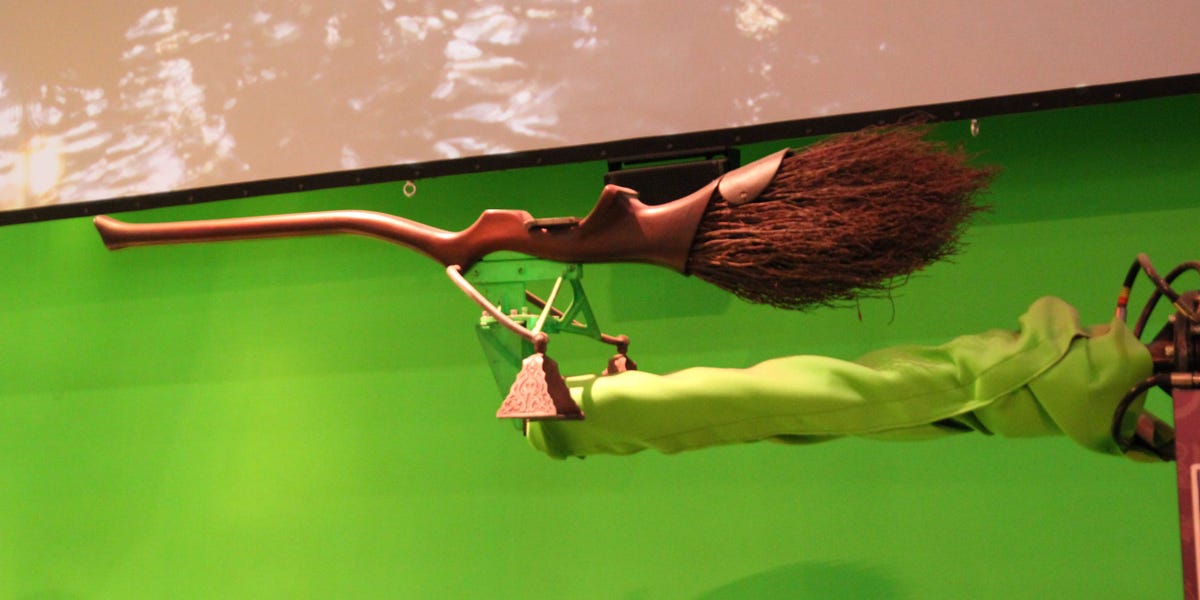
How Were the Special Effects Created in the Harry Potter Movies?
The Harry Potter movies are known for their stunning special effects that bring the magical world of Hogwarts to life. From flying broomsticks to talking portraits, these films have captivated audiences with their visual spectacle. But how were these special effects created? In this article, we will delve into the behind-the-scenes magic and explore the techniques and technologies used to bring the enchanting world of Harry Potter to the big screen.
The Magic of Visual Effects
Creating the special effects for the Harry Potter movies required a combination of practical effects, such as animatronics and props, and computer-generated imagery (CGI). The visual effects team worked closely with the filmmakers to bring their imaginative vision to life. With the help of cutting-edge technology and skilled artists, they were able to seamlessly blend the real and the fantastical.
One of the key aspects of the visual effects in the Harry Potter movies was the use of green screen technology. Green screens, also known as chroma key, allow filmmakers to replace the green background with any desired image or environment. This technique was used extensively in the flying scenes, where the actors would be harnessed and suspended in front of a green screen. The background, whether it was the grounds of Hogwarts or the night sky, would be added in post-production.
The Art of Creature Creation
Another aspect of the special effects in the Harry Potter movies was the creation of magical creatures. From Hagrid’s beloved pet, Buckbeak the Hippogriff, to the mischievous house-elf Dobby, these creatures added depth and wonder to the wizarding world. The visual effects team worked closely with the creature design and animatronics departments to bring these characters to life.
For creatures that required a physical presence on set, animatronics were used. Skilled puppeteers operated the animatronic creatures, giving them lifelike movements and expressions. These animatronics were then enhanced with CGI in post-production to add additional detail and realism. This combination of practical effects and CGI created believable and enchanting creatures that seamlessly interacted with the human actors.
Spells and Magic
Of course, the Harry Potter movies wouldn’t be complete without the iconic spells and magical duels. The special effects team worked closely with the actors and stunt coordinators to choreograph these magical moments. They used a combination of practical effects, such as pyrotechnics and smoke machines, and CGI to create the dazzling displays of magic.
In some instances, practical effects were used to create the magic on set. For example, when a character cast a spell, they would often use a prop wand that emitted sparks or smoke. These practical effects would then be enhanced with CGI to create the final magical effect. This combination of practical and digital effects allowed the actors to react to something tangible on set while still achieving the desired magical outcome.
The Role of CGI in the Wizarding World
CGI played a crucial role in bringing the magic of the Harry Potter movies to life. From the intricate details of the Hogwarts castle to the awe-inspiring Quidditch matches, CGI was used to create the expansive and immersive world of the wizarding universe. The visual effects artists meticulously crafted every element, ensuring that the CGI seamlessly integrated with the live-action footage.
One of the most challenging CGI sequences in the Harry Potter movies was the creation of Dobby, the house-elf. Dobby was entirely computer-generated, and the visual effects team had to ensure that he looked realistic and interacted convincingly with the human characters. They achieved this by using motion capture technology to capture the movements and expressions of a performer, which were then applied to the digital character.
The Importance of Attention to Detail
Creating the special effects for the Harry Potter movies required a high level of attention to detail. The visual effects team meticulously crafted every element, from the texture of a magical creature’s skin to the intricate patterns on a wand. This attention to detail ensured that the CGI seamlessly blended with the live-action footage and enhanced the overall believability of the magical world.
In addition to CGI, practical effects played a crucial role in creating a tangible and immersive experience for the actors. The use of practical props and animatronics allowed the actors to interact with something physical on set, which added depth and realism to their performances. The visual effects team then enhanced these practical effects with CGI to create the final magical outcome.
Conclusion
The special effects in the Harry Potter movies were a combination of practical effects, such as animatronics and props, and CGI. The visual effects team worked closely with the filmmakers to bring the magical world of Hogwarts to life. Through the use of green screens, animatronics, and meticulous attention to detail, they created a seamless blend of the real and the fantastical. The result was a visually stunning and immersive experience that continues to captivate audiences to this day. So the next time you watch a Harry Potter movie, take a moment to appreciate the incredible craftsmanship and artistry behind the special effects.
Key Takeaways: How were the special effects created in the Harry Potter movies?
- Special effects in the Harry Potter movies were created using a combination of practical effects and computer-generated imagery (CGI).
- The filmmakers used green screens and motion-capture technology to bring magical creatures and spells to life.
- Props and set designs were enhanced with visual effects to create the illusion of magic.
- The visual effects team worked closely with the actors to ensure seamless integration of the special effects into the scenes.
- The use of special effects in the Harry Potter movies helped to transport audiences into the magical world of Hogwarts.
Frequently Asked Questions
Welcome to our FAQ section on the special effects created in the Harry Potter movies. Below, we have answered some of the most common questions regarding the creation of these mesmerizing visual effects.
1. How were the magical spells and wand movements visualized in the Harry Potter movies?
In the Harry Potter movies, the magical spells and wand movements were visualized using a combination of practical effects and computer-generated imagery (CGI). For the practical effects, the actors would perform specific movements with their wands, which were enhanced with the use of visual effects in post-production. This involved adding glowing lights, sparks, and other magical elements to the scenes.
CGI was also used to create more complex and fantastical spell effects, such as the Patronus charm or the swirling energy of the Avada Kedavra curse. Visual effects artists would create these effects using specialized software and techniques, bringing the spells to life on screen.
2. How were the flying broomstick scenes filmed in the Harry Potter movies?
The flying broomstick scenes in the Harry Potter movies were a combination of practical and visual effects. For the actors, they would sit on specially designed broomstick props that were mounted on a rig. This allowed them to simulate the movements of flying while providing a stable platform for filming.
In post-production, visual effects artists would then add the necessary elements to create the illusion of flight. This involved adding the broomstick itself, as well as the surrounding environment and any additional magical effects. The combination of practical and visual effects helped to create the seamless and immersive flying scenes seen in the movies.
3. How were the magical creatures brought to life in the Harry Potter movies?
The magical creatures in the Harry Potter movies were brought to life through a combination of practical effects and CGI. For practical effects, animatronics and puppetry were used to create realistic and lifelike movements for certain creatures, such as Dobby the house-elf or Buckbeak the hippogriff.
CGI was then used to enhance and augment these practical effects, bringing the creatures to life in a way that was not possible with physical props alone. This allowed for more complex movements, detailed textures, and interactions with the human actors. The combination of practical effects and CGI helped to create the magical and believable creatures seen in the movies.
4. How were the transformation scenes achieved in the Harry Potter movies?
The transformation scenes in the Harry Potter movies, such as the animagus transformations or the werewolf transformations, were achieved using a combination of practical effects and CGI. For the practical effects, makeup and prosthetics were used to physically transform the actors into the desired creatures.
In post-production, visual effects artists would then enhance and augment these practical effects, adding additional details and seamless transitions to create the final transformation. This involved using CGI to morph the actors’ features, add fur or scales, and create the overall illusion of transformation. The combination of practical effects and CGI helped to create the stunning and realistic transformation scenes seen in the movies.
5. How were the Quidditch scenes filmed in the Harry Potter movies?
The Quidditch scenes in the Harry Potter movies were a combination of practical and visual effects. For the practical effects, the actors would film on a specially designed set that included the Quidditch pitch and the flying broomstick props. This allowed them to physically interact with the props and create the movements and actions needed for the scenes.
In post-production, visual effects artists would then add the necessary elements to create the full Quidditch experience. This involved adding the flying balls, the players on broomsticks, and the fast-paced action of the game. CGI was used to enhance the practical effects and create the thrilling and immersive Quidditch scenes seen in the movies.
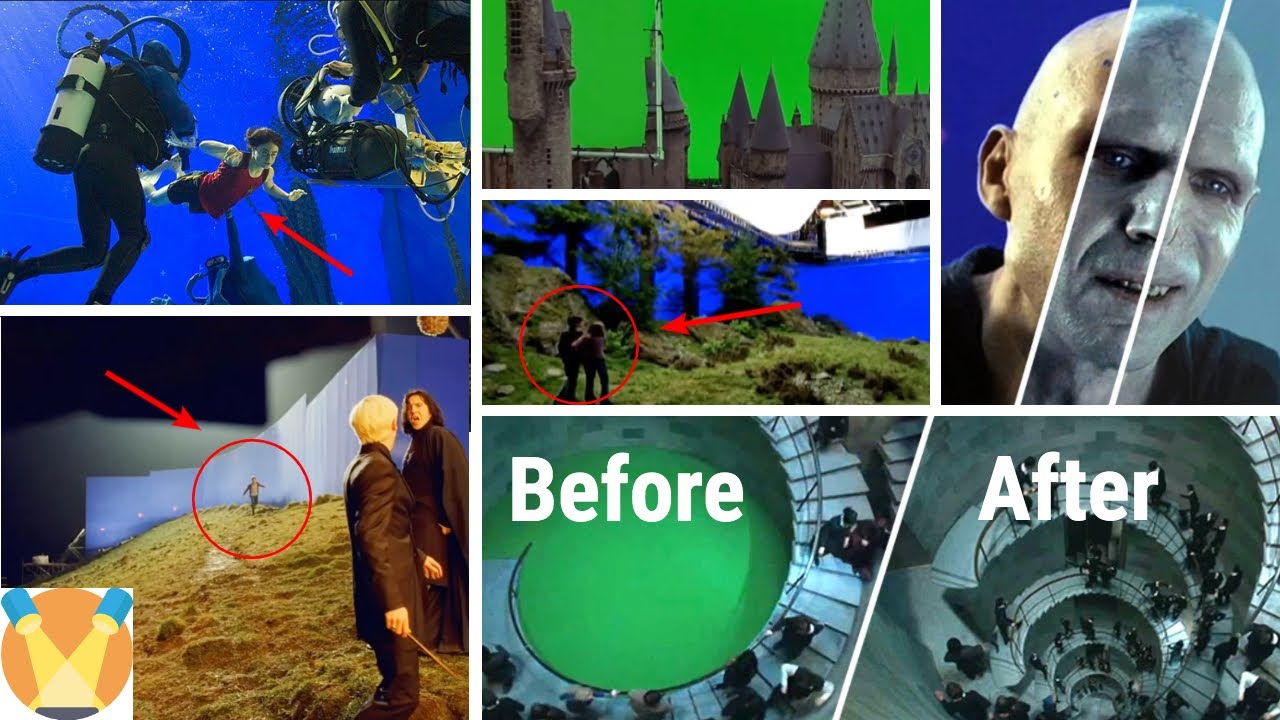
What the Harry Potter Movies Would Look Like Without Visual Effects: CGI AND VFX |🍿OSSA Movies
Final Summary: Unveiling the Magic Behind the Special Effects in the Harry Potter Movies
Lights, camera, action! The world of Harry Potter came alive on the big screen with awe-inspiring special effects that left us spellbound. From flying broomsticks to magical creatures, the visual wizardry in these films was truly enchanting. In this article, we delved into the fascinating world of special effects in the Harry Potter movies and uncovered the secrets behind their creation.
The special effects team employed a diverse range of techniques to bring the magic to life. One of the key methods used was computer-generated imagery (CGI), which allowed the artists to create realistic and fantastical elements seamlessly. Through the skilled hands of the visual effects artists, CGI was used to conjure up breathtaking scenes like Quidditch matches and the epic battles at Hogwarts. They meticulously crafted every detail, ensuring that the effects seamlessly integrated with the live-action footage.
Additionally, practical effects played a crucial role in the movie’s visual spectacle. Physical props, animatronics, and prosthetics were utilized to bring the magical creatures and objects to life. The team of talented artisans and craftsmen worked tirelessly to sculpt intricate designs and imbue them with lifelike movements. From the mischievous Dobby the house-elf to the awe-inspiring Hungarian Horntail dragon, these practical effects added an extra layer of authenticity to the wizarding world.
In conclusion, the special effects in the Harry Potter movies were a magical combination of cutting-edge CGI and masterful practical effects. The creative minds behind these visual wonders transported us into a world where spells and enchantments became a reality. It was through their meticulous attention to detail and unwavering dedication that the magic of Hogwarts was brought to life. So next time you watch Harry Potter, take a moment to appreciate the incredible artistry and craftsmanship that went into creating the mesmerizing special effects. Accio popcorn and enjoy the magic!

